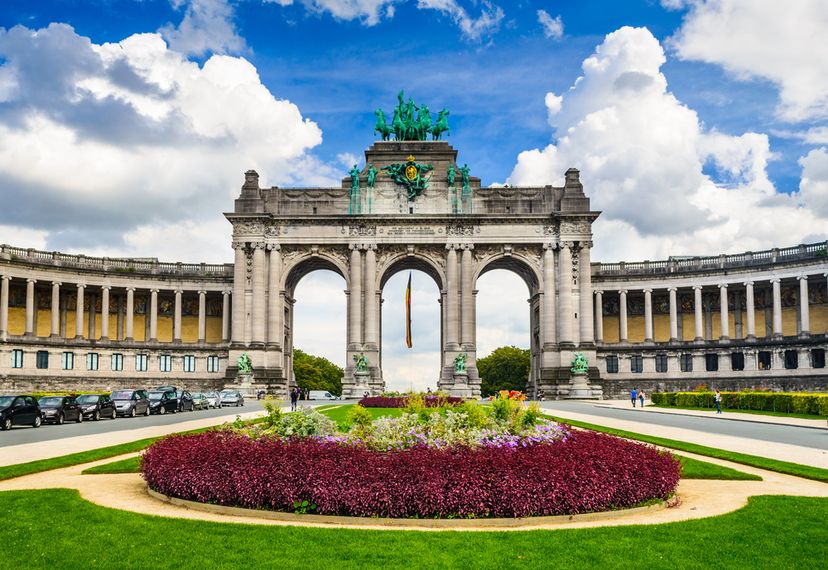
Although it’s a city with a rich history and a multicultural, multilingual bent, Brussels isn’t exactly high on a lot of people’s bucket lists. In fact, this Belgian town (and indeed, Belgium as a whole) tend to get passed over for more glamorous European destinations. That hasn’t stopped Brussels, Belgium’s capital city, from blooming into a cultural powerhouse. With many museums, a long and turbulent history and a lot of beautiful scenery, both man-made and natural -Brussels has a lot to offer up. If you want to take in a lot of Europe in just a little bit of time or don’t have the funds to do a grand tour of Europe, make Brussels your number one stop. From the medieval to the modern, from fine art to pop art and everything in between, here are just 12 ideas to add to your itinerary as you plan your trip to the de facto capital of the European Union.
Advertisement
12. Tour Mini-Europe Park
Located at the foot of the Atomium in Brussels, Mini-Europe is a park that boasts 1:25 scale maquettes of famous European buildings. If you’ve ever wanted to take a European tour, but don’t have the funds, do it on a smaller scale by visiting Mini-Europe Park!
There are several live action models, including trains, mills, cable cars and an erupting Mount Vesuvius. Approximately 30 European countries are represented in the park, including Italy, Greece, France and England. The park encompasses 2.4 square kilometers and attracts around 350,000 visitors per year, making it one of the most popular tourist destinations in Brussels. The project represents collaboration between Brussels and most of the European countries or regions with replicas, as many of miniatures were financed by their country of origin. The Eiffle Tower, the leaning tower of Pisa and the Cathedral of Santiago de Compostela are just a few of the famous landmarks recreated in this park.
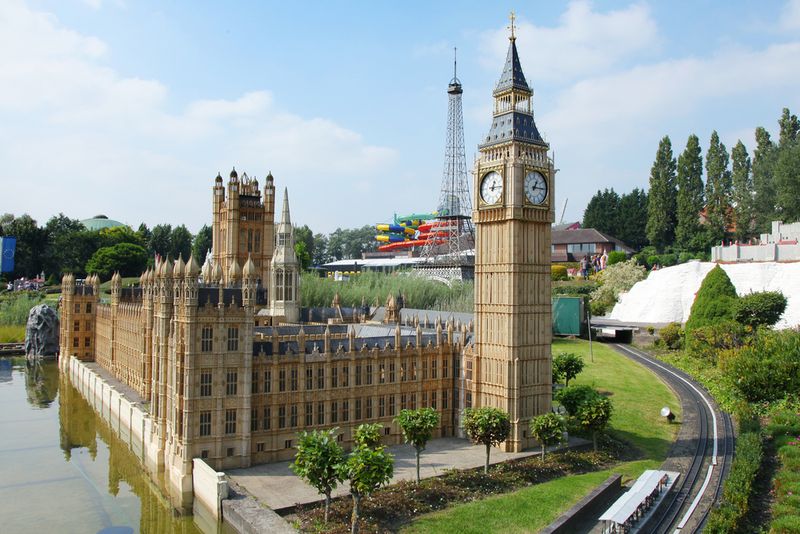
Advertisement
11. Visit Manneken-Pis
Chances are you’ve heard of, or even seen, Manneken-Pis. This famous sculpture is one of Brussels’s most well-known landmarks and has inspired copycats around the world. Manneken-Pis was first cast in 1388, although the current design of the statue dates to 1619. The current casting dates to 1965, as the statue keeps getting stolen. Manneken-Pis is dressed up in costumes several times a week, according to a schedule, and his wardrobe consists of several hundred outfits.
Not bad for a sculpture of a little boy taking a leak! Yes, the inspiration for all of those “peeing cherub” garden fountain statues you see is Manneken-Pis. There are many legends around this figure, including a popular version that recounts the tale of a visiting merchant who loses his son, only to later find him peeing in a fountain. Other tales include a young lord urinating on an invading army and a boy who, waking up in the night to relieve himself, helps to put out a fire in the king’s castle. Whatever the inspiration, go see Manneken-Pis—before he gets stolen again.
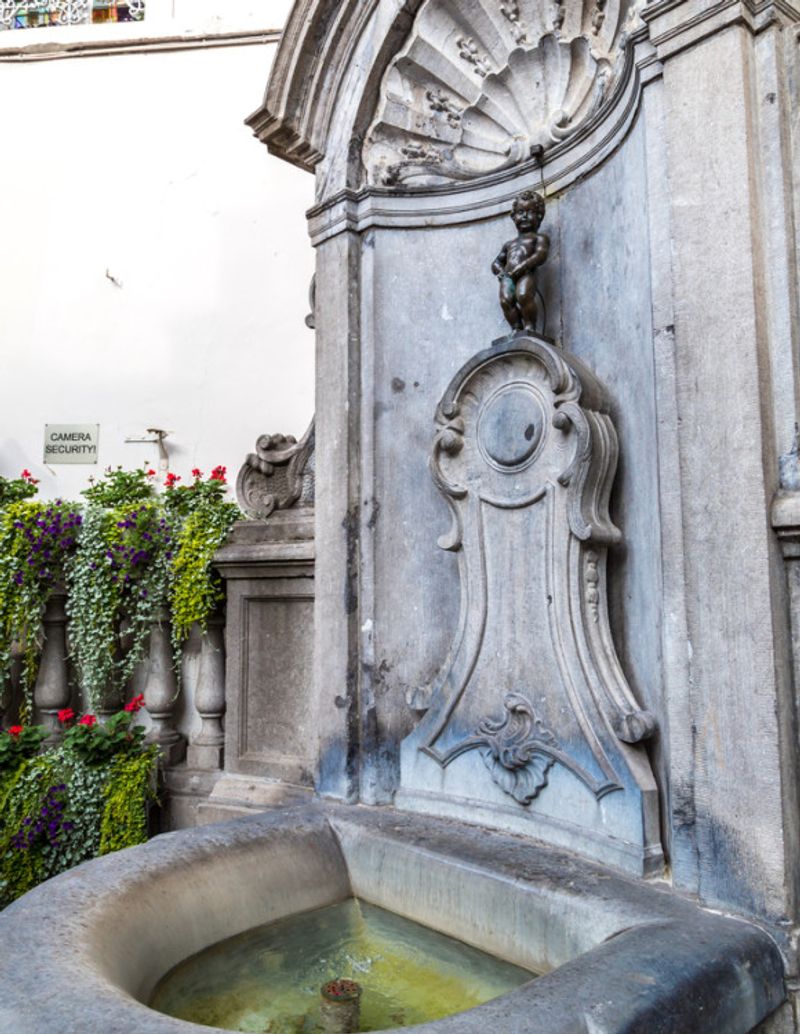
Advertisement
10. Cinquantenaire Park
One of the most famous landmarks in Brussels, Cinquantenaire Park, or Jubelpark, was commissioned by King Leopold II for the 50th anniversary of Belgian independence in 1880. The U-shaped complex, including its triumphal arch, dominate the easternmost part of the city’s European Quarter. Today, the area is a public park and a pedestrian square. Once home to a military exercise ground, the area hosts a number of museums and several parades each summer.
Museums in the area include the Royal Museum of the Armed Forces and Military History, as well as AutoWorld, a museum dedicated to vintage cars; and an art and history museum. There is also a mosque in the area. AutoWorld hosts drive-in movie events in the summer months. Currently, plans to “Europeanize” the park are underway. These plans include the installation of a new metro station and a major socio-cultural center for families. It is hoped that, in the future, the park may host European Congresses and other major European events and exhibitions.
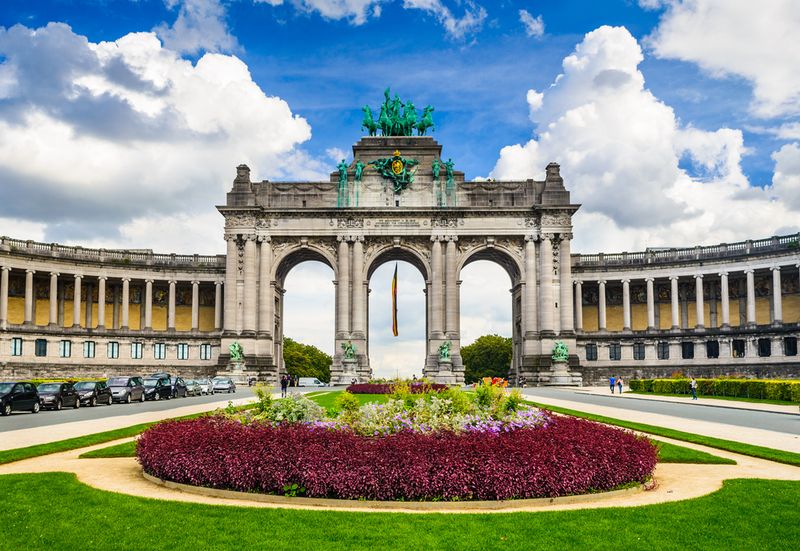
Advertisement
9. Make a Pilgrimage to the Cathedral and the Basilica
Brussels is home to a variety of impressive architecture, including medieval buildings such as the St. Michael and Gudula Cathedral. This church, given cathedral status in 1962, may have been begun as early as the 9th century. Over the centuries, various structures and features were added, such as the 2 round towers. Overall, it took about 3 centuries to build the church, which was completed just before the reign of Emperor Charles V began in 1519.
At the other end of the spectrum is the Basilica of the Sacred Heart, a much more modern church. Construction began in 1905, when the first stone was laid. Construction was interrupted by both World Wars, and the church was finally completed in 1969. Although the project was originally envisioned as a neo-Gothic church, the project soon incorporated the art deco movement. Today, these 2 churches form prominent parts of the Brussels skyline and are popular destinations for tourists and pilgrims alike.

Advertisement
8. Learn About Beer at Cantillon Brewery
The Cantillon Brewery is an institution among the craft industries of Brussels. This company, founded over a century ago in 1900, brews traditional Belgian lambic beer. Located in Anderlecht, the brewery still makes its beers in a traditional way, with the only shift being the introduction of organic ingredients in 1999. One of over 100 brewers in 1900, Cantillon remains the only brewer founded in the early 20th century operational in the 21st century.
About half of the brewery’s production is gueze beer, although they also make a number of fruit-flavored beers, such as Rose de Gambrinus and Fou’ Foune. Once a year, the brewery makes kriek and bilberry beer for a shop in Denmark. In 1999 and 2013, Cantillon brewed Soleil de Minuit, made from cloudberries. The brewery is home to the Gueze Museum, which shows the history of Cantillon and gueze production. Sample some beer and learn about how it’s made!

Advertisement
7. Catch a Football Match
Brussels was home to 3 major football (soccer) clubs: R.S.C. Anderlecht, F.C. Molenbeek Brussels Strombeek (which was rebranded RWDM Brussels FC, just before folding in the 2013-14 season) and Union Saint-Gilloise.
Anderlecht is the most successful Belgian football club, with 33 championship titles in the Belgian league and 5 trophies in major European tournaments. RWDM played in the Second Division, but finished 8th in its final season and folded. Union currently plays in the Third Division; prior to World War II, Union was the most successful Belgian football club. Even with only 2 teams now in the city, Brussels has a long and proud history in football, and catching an Anderlecht or Union match is a great way to spend an afternoon or evening. If you can’t get tickets, no worries – head to a local pub and grab a pint of one of several varieties of Belgian beer as you cheer on the local team surrounded by fans. You won’t regret it!
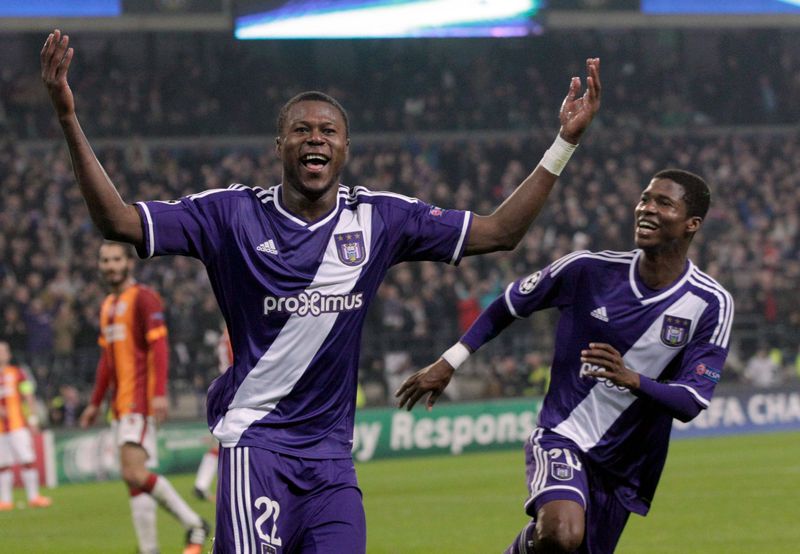
Advertisement
6. Explore a Museum
With more than 80 museums to explore in the city of Brussels, you can discover art, music, history and more! For those who are interested in food and drink, a visit to the Belgian Brewers Museum or the Museum of Cocoa and Chocolate provide great experiences and an opportunity to learn about 2 of humanity’s favorite foods: chocolate and beer. The Royal Museum of the Armed Forces and of Military History will delight army buffs and war historians, and the National Museum of the Resistance documents the Belgian Resistance during World War II.
If you want to go back a little further, you can check out the city’s Archives or the Archives and Museum of Flemish Life in Brussels. Cinematek documents the history of film and has daily showings from the archives, and the Clockarium is devoted to the faience mantelclock, the first widely affordable timepiece for most Belgian households. The art museums run the gamut, from the fine arts to the Museum of Fantastic Art, which specializes in bizarre sculptures. No matter your interests, there’s a museum to explore!
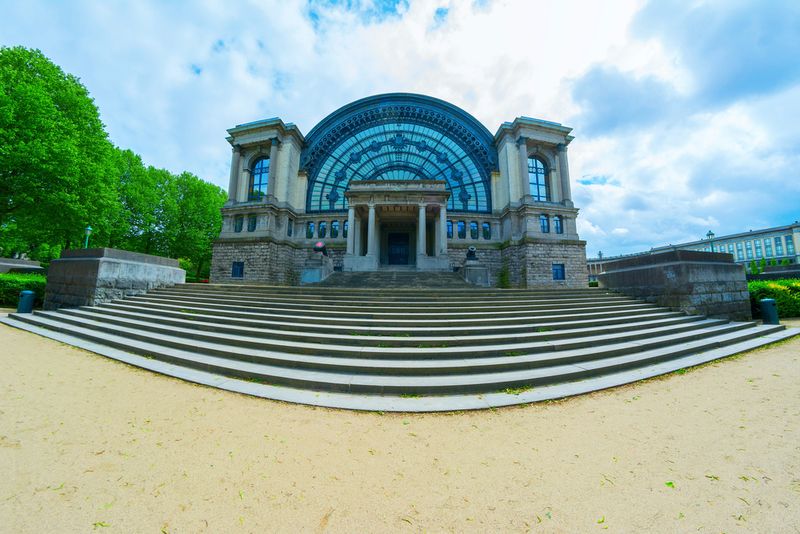
Advertisement
5. Sample Some Waffles
We know all about Belgian waffles, but to get authenticity for this treat, there’s no better place than Brussels. The waffle is a well-known entry in Brussels fare, which is characterized by a combination of French cuisine and hearty Flemish dishes. The familiar Americanized version known as Belgian waffles are, in fact, a simplified version of the Brussels waffle.
Brussels waffles in particular are prepared with an egg-white or yeast-leavened batter, which makes them lighter and crispier than other European varieties. They are traditionally dusted with confectioner’s sugar and served warm, although toppings in tourist areas include whipped cream, soft fruit or chocolate spreads. Variations on the recipe for Brussels waffles exist, including a whole egg being folded into the batter. Wash down with some beer and enjoy some Belgian chocolate on the side. You won’t have any trouble finding them either; in a city with around 1,800 restaurants and many street vendors, waffles hot off the iron abound!
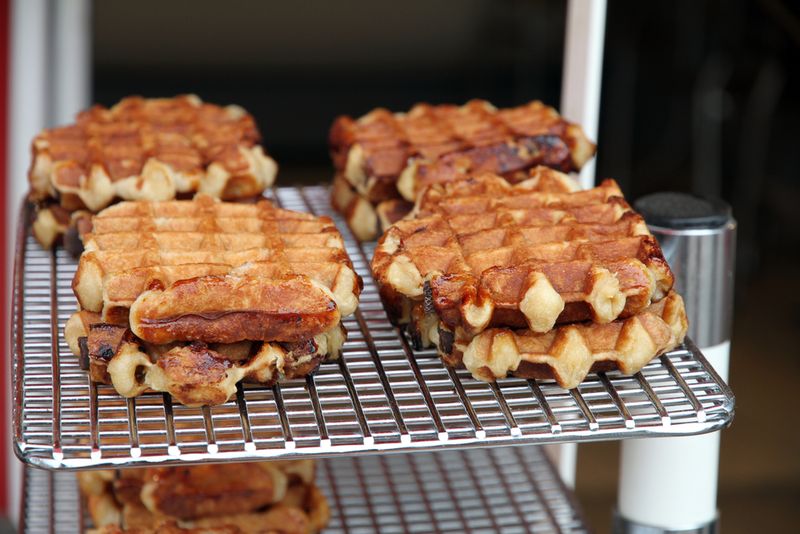
Advertisement
4. Appreciate the Art Nouveau Architecture
While the city center of Brussels is noted for its traditional Flemish townhouses, there are other districts in the city that are renowned for their Art Nouveau architecture. Prominent at the tail end of the 19th century and the beginning of the 20th century, this style was a reaction to some of the academic art genres of the 19th century. Particularly striking are the buildings that were designed by architect Victor Horta, a native of Brussels. Horta’s Hotel Tassel was one of the first buildings to apply the ideals of Art Nouveau to architecture.
Examples of Art Noveau architecture can be seen across the city of Brussels, with examples including the districts of Schaerbeek, Etterbeek, Ixelles and Saint-Gilles. The Stoclet Palace, which is in the Vienna Secession style, also represents the art nouveau movement. It was designed by the Viennese architect Josef Hoffman and completed in 1911 for Aldophe Stoclet. It has been named a UNESCO World Heritage Site.
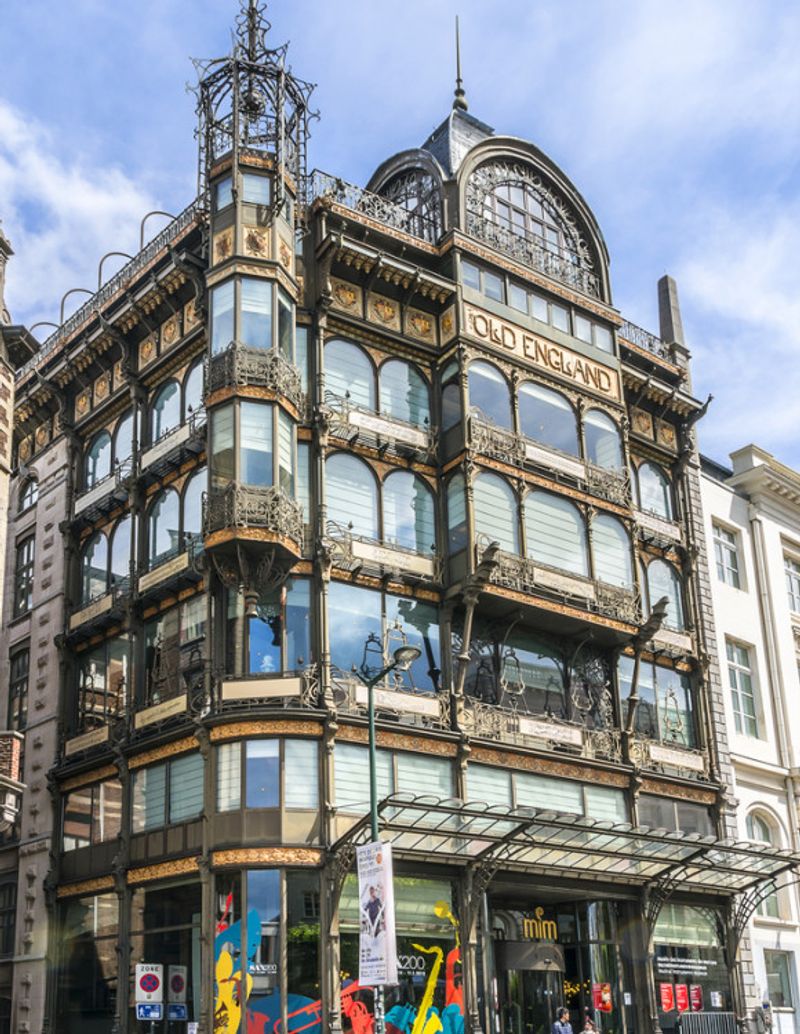
Advertisement
3. Go on an Adventure at the Comic Museum
Raise your hand if you’ve heard of the Belgian comic artist Herge. No? Surely The Adventures of Tintin will ring a bell. What about The Smurfs? Both of these internationally beloved comics are Belgian in origin, and they’re celebrated in the comic museum in Brussels. Formally known as the Belgian Comic Strip Center, the museum features several exhibits devoted to Tintin, including life-sized replicas of the characters and sets from Tintin’s adventures. Other genres of comics, including science fiction, wild west, crime, and political comics are also represented. Comics are presented in French, English and Dutch.
The museum also has a shop and a restaurant for visitors, as well as a research library for comic scholars (yes, there is such a thing). The museum, which opened in 1989, is located in a 1906 building that once housed the department store Magasins Waucquez. The store was designed in the art nouveau style by Victor Horta and is located in the business district of Brussels.
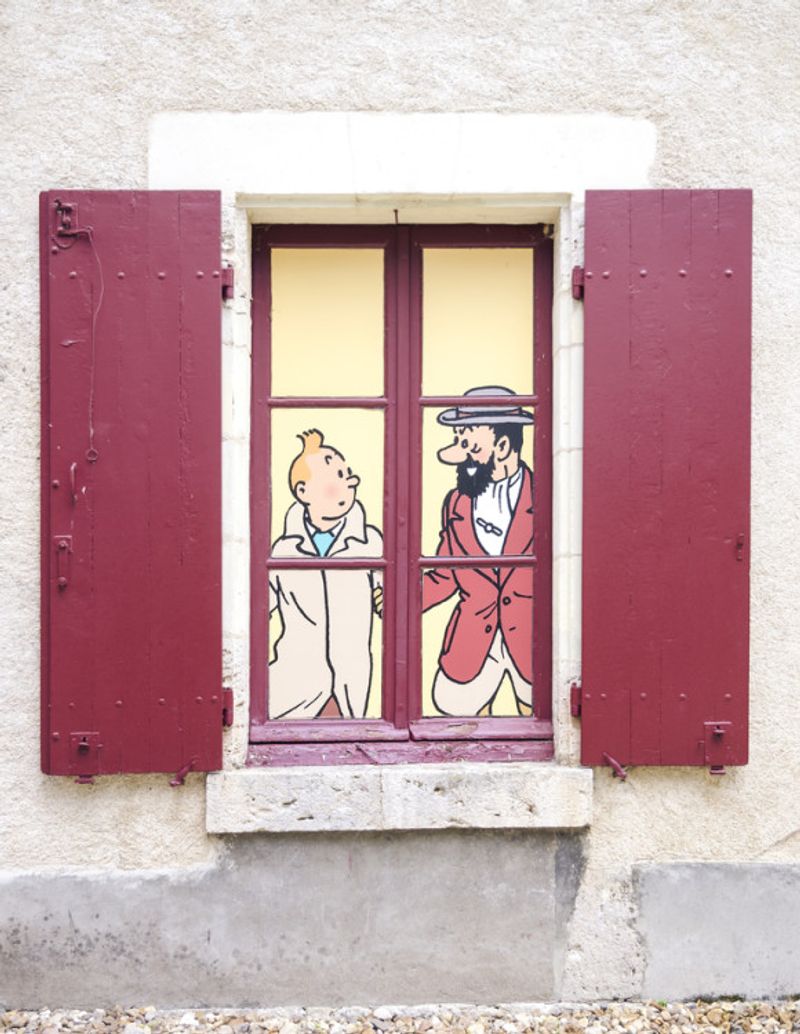
Advertisement
2. Hike Through the Sonian Forest
This Flemish forest lies at the southeastern edge of Brussels. Some of the tracts in the forest belong to the Royal Trust and some tracts are privately held. Overall, the forest comprises over 10,000 acres. The forest is part of the ancient Charcoal Forest. It once extended 7 leagues, but today is about 45 square kilometers.
The forest played a significant role in the Battle of Waterloo, and it has also influenced art and literature, particularly some of the works of Auguste Rodin and Sir Walter Scott. It was also home to several medieval and early modern monasteries. Once exclusively the realm of the nobility of Belgium, the forest is open to the public today. Although its flora and fauna have been reduced, it is home to many species, including European beech and oak, some specimens of which are more than 200 years old. There’s a small chapel near the site of the monastery of John of Ruysbroeck at Groenendaal that serves as a popular visitor site in the woods.
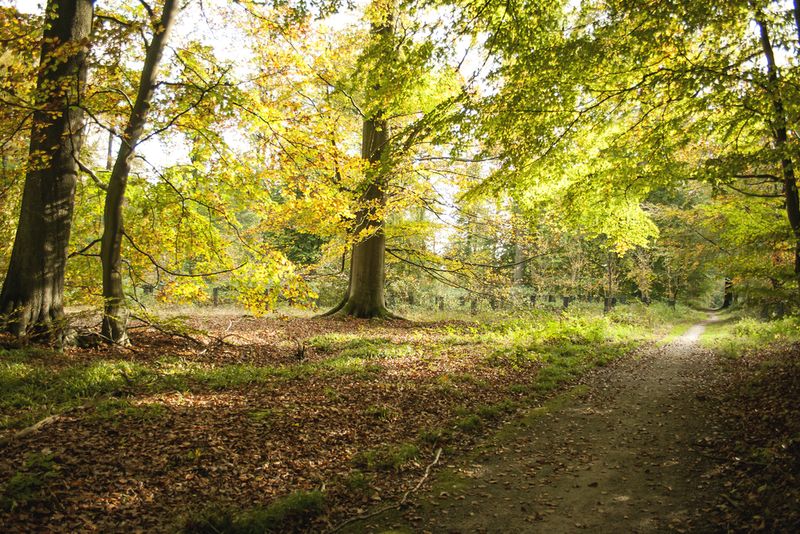
Advertisement
1. Take a Tour Through the Royal Palace
The Royal Palace of Brussels is the seat of the Belgian monarchy. The façade was built after 1900 and completed in 1904, although the nucleus of the buildings date to the late 1700s. The site has long been a popular one for palaces; Coudenberg Palace, which dates back to the medieval period, once included the grounds the modern Royal Palace stands on today. The Palace is situated in front of Brussels Park and faces the Palace of the Nation, which houses the Belgian parliament.
The Palace is not a royal residence and instead serves only as a ceremonial headquarters for state functions. Some parts of the palace are open to the public and can be toured, as can some of the grounds. Portions of the old Coudenberg Palace complex are still extant and can be visited. Since 1965, visitors can tour the State Rooms and their impressive art collections, between July 21 and the beginning of September. Other rooms that can be visited include the Mirror Room, the Grand Hall and the famous Large White Room, which is part of the oldest section of the palace.
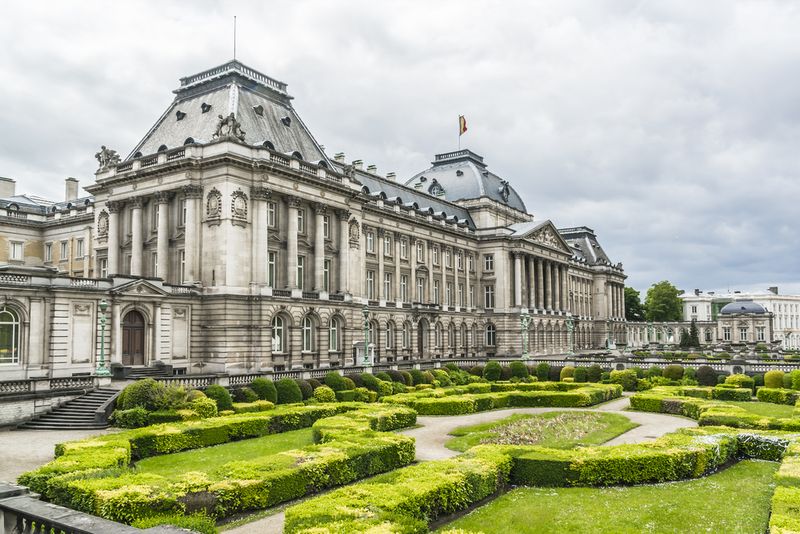
Advertisement